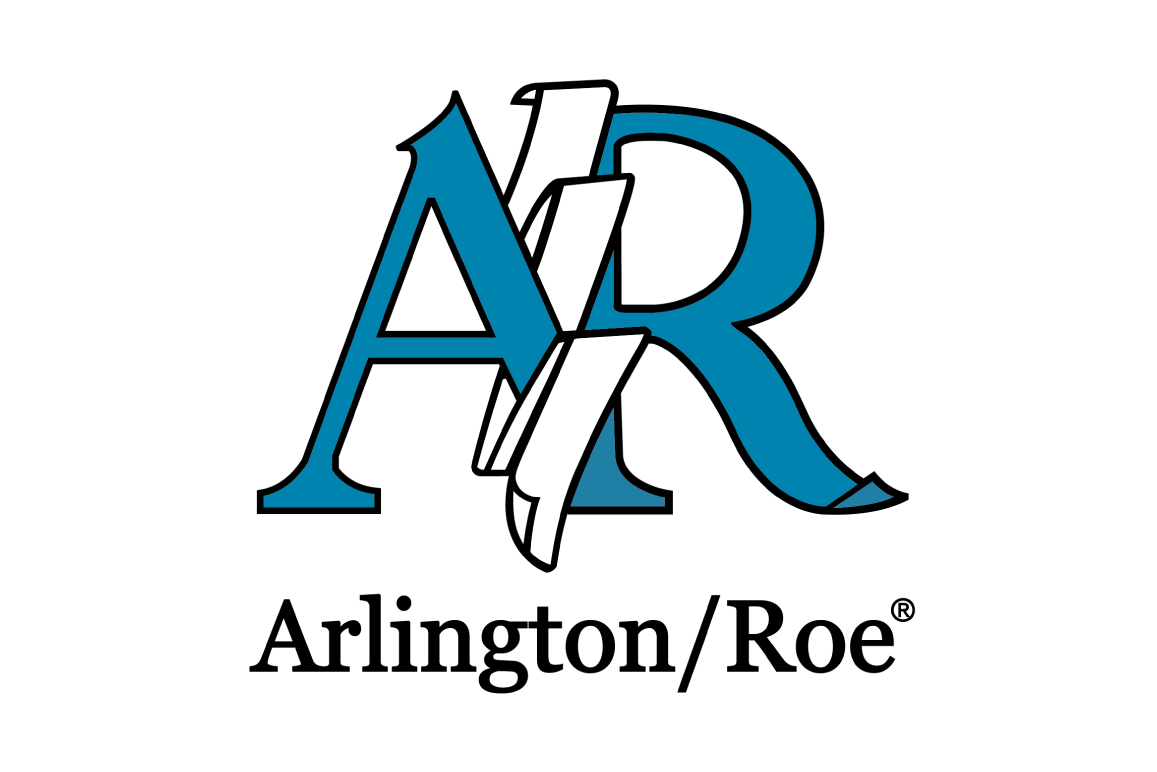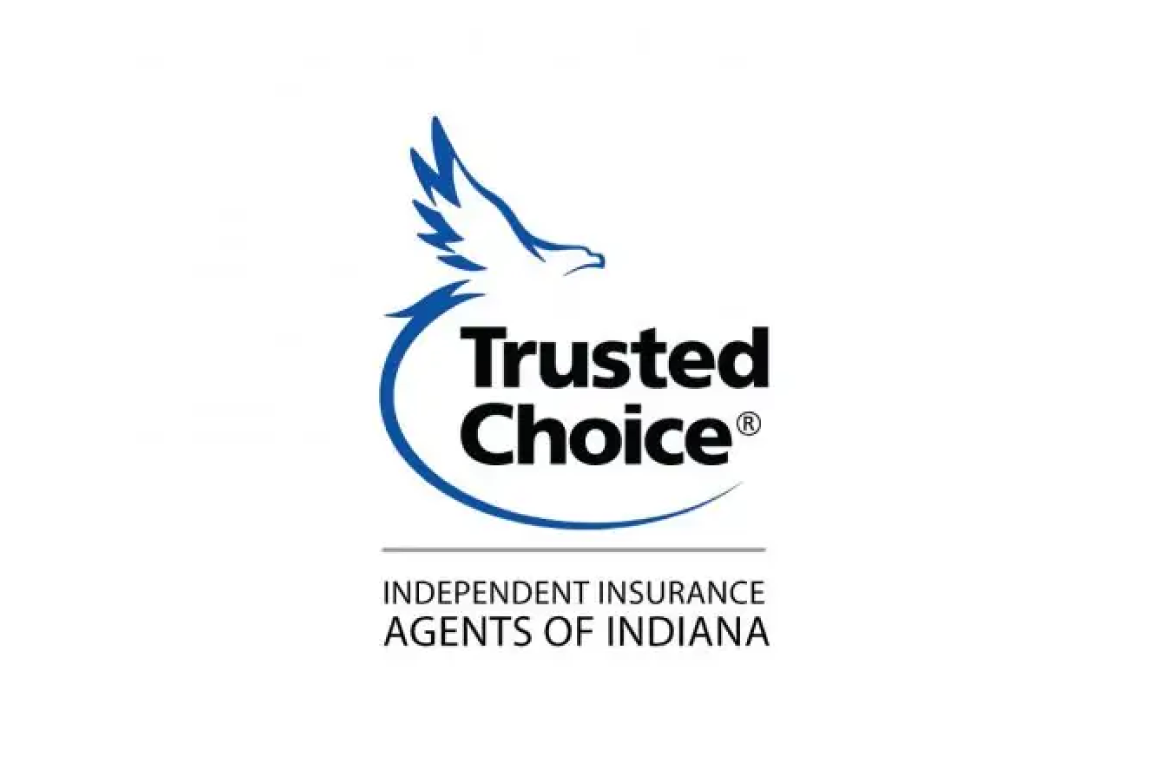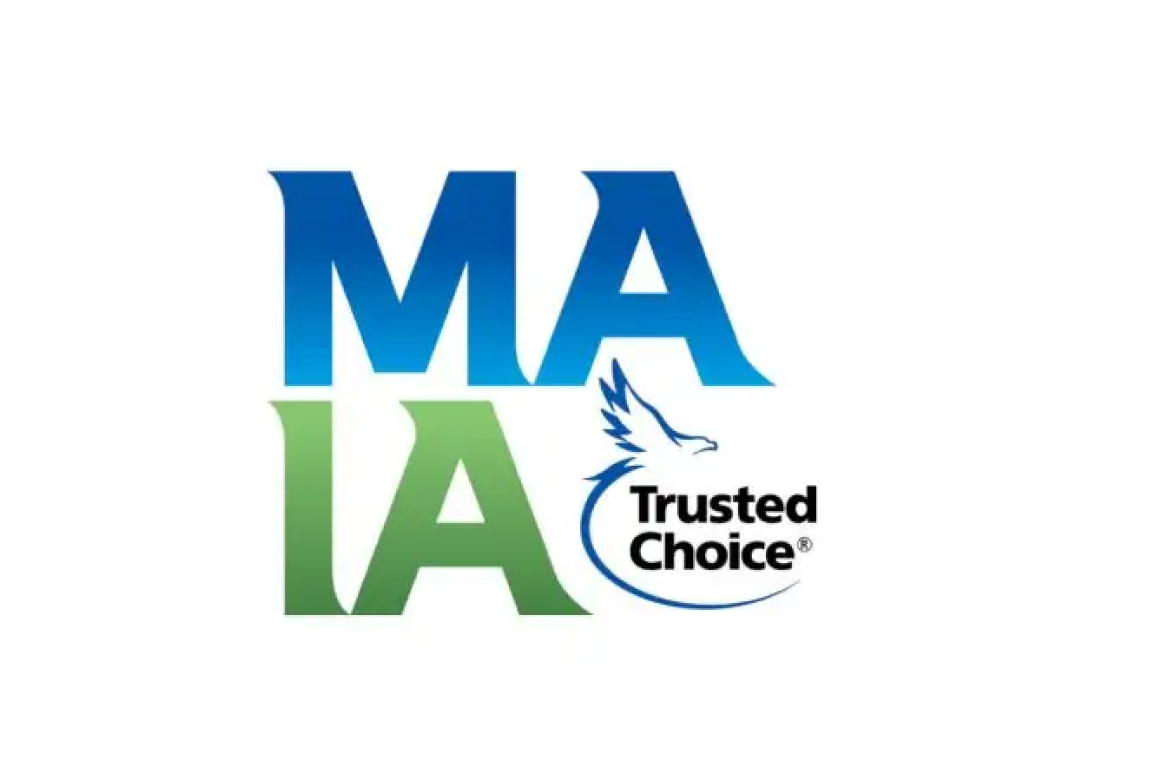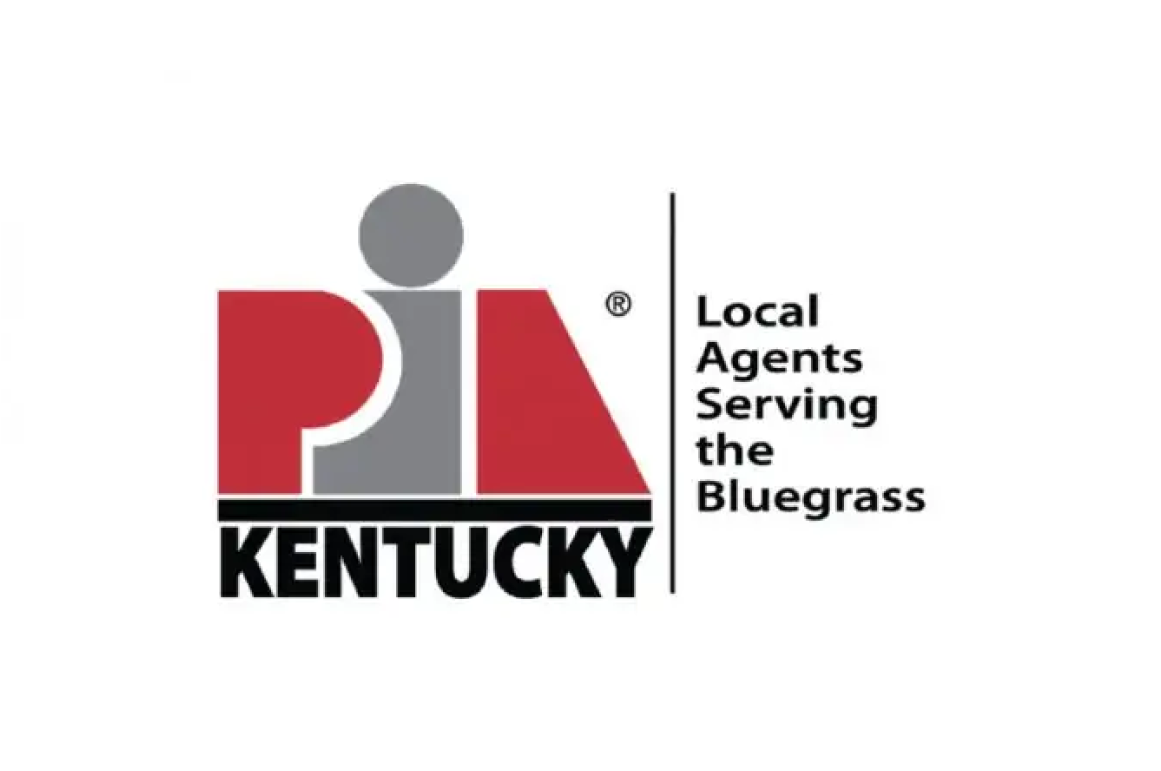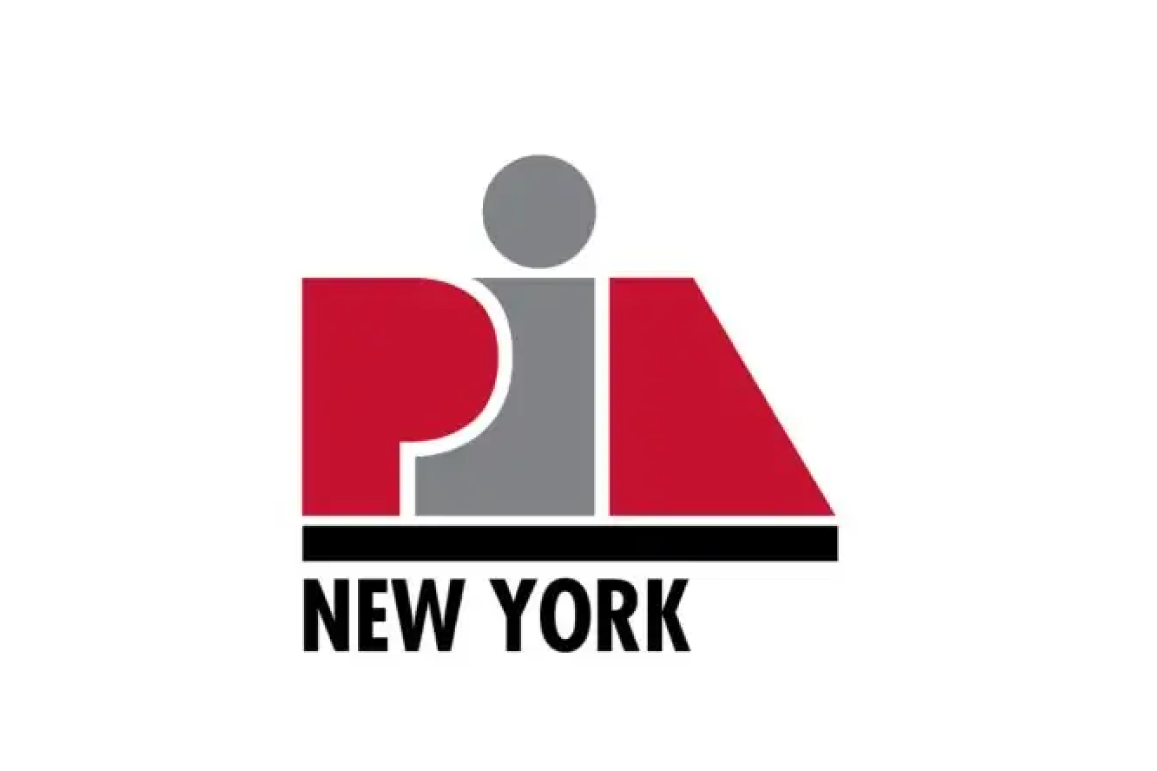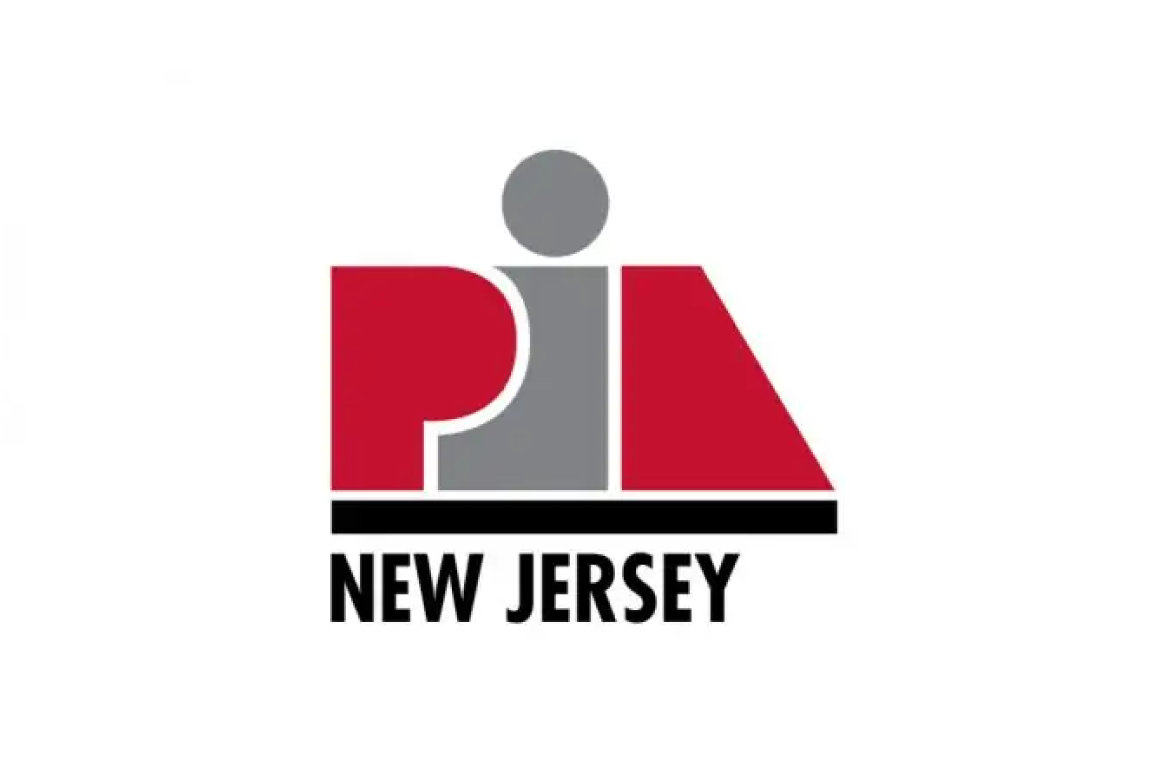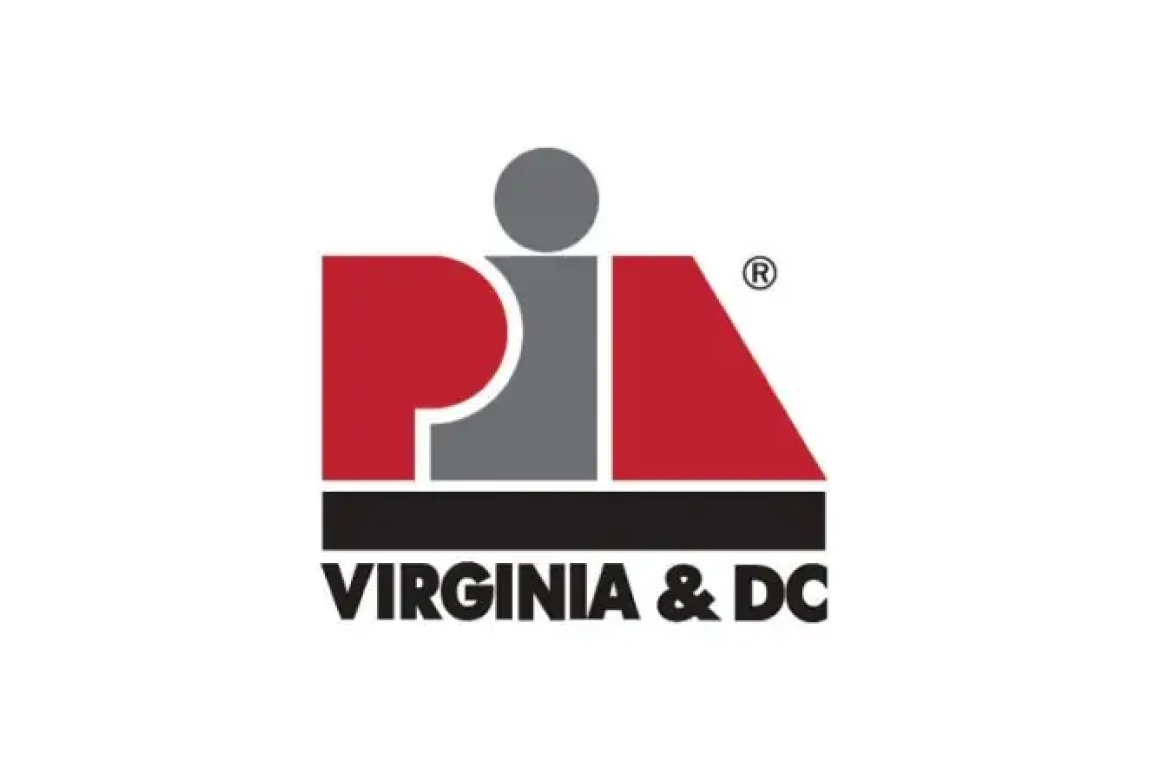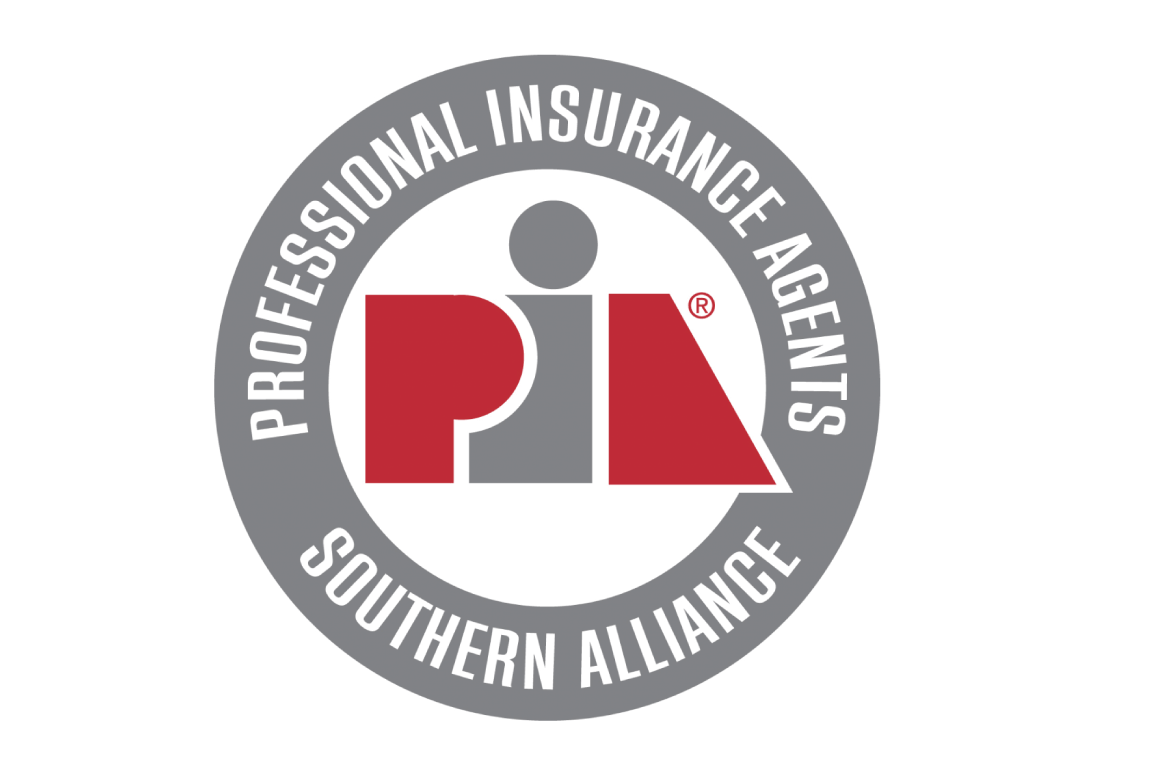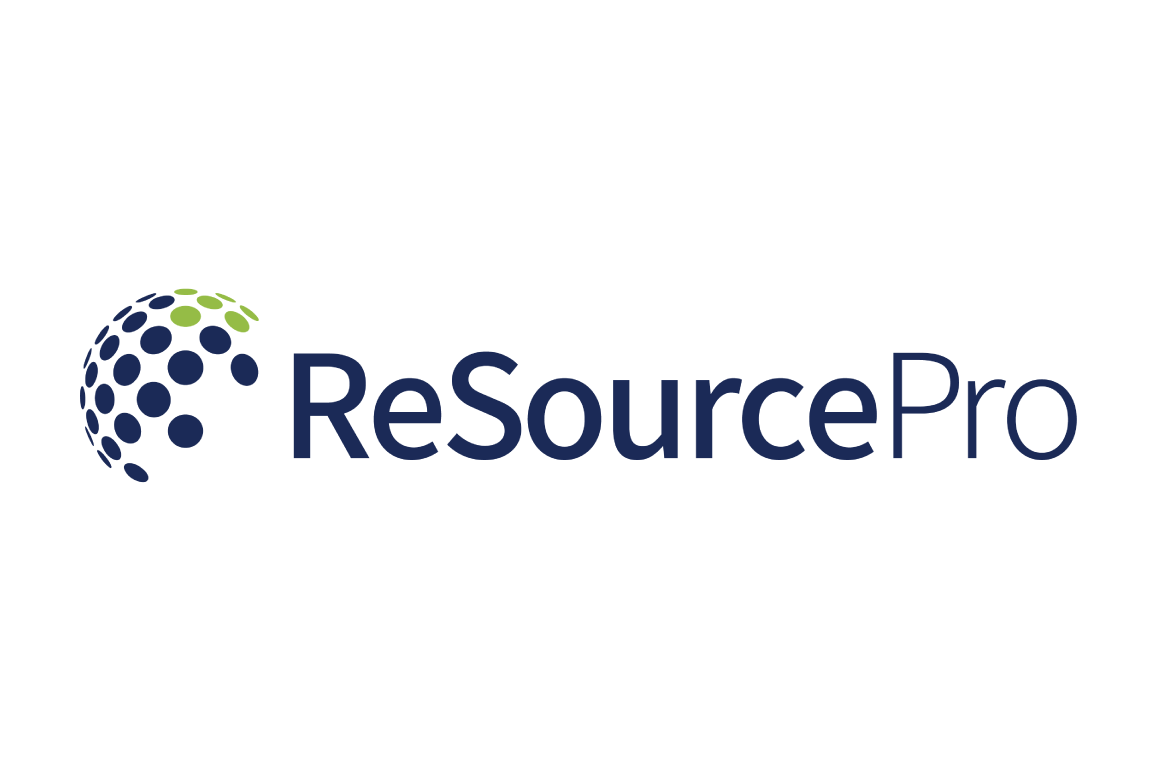We’re hard at work, putting together new National Alliance courses on the trend toward legalizing marijuana, and the biggest question isn’t whether we have enough material for one of our traditional half-day, 4-hour sessions. In fact, the problem at hand is whether we have too much material for a full-day agenda, and genuinely need two full days to cover the issues.
“Wait,” you might say, “I’m a big supporter of The National Alliance and I’ve heard about some of the stuff that’s going on in Washington, California, Colorado, and Oregon, but really? Two days? I don’t work in those states, so why would I need to know all of that stuff?”
Your question might mean that you are in one of the 20 states that haven’t legalized either recreational (adult use) or medical marijuana (as of this writing). However, medical marijuana is now legal in 30 states, recreational use is legal in nine states, and various polls continue to indicate that there is significant public sentiment for legalization across the country. Who knows? Your state may be next.
The trend toward mainstreaming and legitimizing marijuana is here, real, and probably the next big thing in agribusiness—and maybe in retail, too. With that trend comes a huge marketplace, a new web of regulations and licenses, and, of course, a huge number of insurance questions and issues.
Impact of Legalization
First, on the market size: California is the nation’s most populous state, and it moved to full recreational status in November 2016, but medical marijuana had already been legal there for 20 years or so. The Golden State is a forerunner of the kind of market impact that can be anticipated.
While statistics vary, it is reported that 2016 California sales of medicinal cannabis were approximately $2.7 billion, and sales exceeded $3 billion in 2017. If we use the variables of population and the commencement of adult-use cannabis in California, and then add the impact of marijuana tourism, it’s possible that in 2018, California will exceed $5 billion in cannabis sales. For comparison purposes, let’s also look at the sales in another state.
Colorado followed a similar trajectory upon the legalization of recreational marijuana. Commercial sales of recreational marijuana began January 1, 2014, and sales for medicinal and adult-use exceeded $1 billion in both 2016 and 2017. Another way to illustrate the growth that has occurred in Colorado is to look at the growth in the revenues that the state has collected from taxes, licenses, and fees since the legalization of recreational marijuana.
| Calendar Year | Total Revenue |
| 2014 | $67,594,323 |
| 2015 | $130,411,173 |
| 2016 | $193,604,810 |
| 2017 | $247,368,473 |
| 2018 (Jan–May) | $109,002,969 |
When you multiply these figures by the number of states that have legalized some form of marijuana usage, you get a very big number. In fact, there are predictions that marijuana sales will be on a par with—or even exceed—sales for alcohol or soda. That about says it all for the impact that legalized marijuana will have on the marketplace.
The Regulatory Quagmire
When it comes to the regulatory environment, nothing here is simple. You may have noticed that earlier in this article I used the term “mainstreaming and legitimizing,” rather than saying “legalizing” marijuana. According to the United States Department of Justice, marijuana is still a scheduled substance that is subject to federal sanctions. Federal prosecutors can still bring cases, even though it appears that few, if any, have done so. Just because a state has permitted either medical or recreational use doesn’t mean that there can’t be federal law enforcement efforts undertaken. In fact, in January 2018, the Department of Justice rescinded prior memos that seemingly provided a
safe harbor for the legalization movement.
So, the short version is that cannabis usage is “permitted or legal” according to some state laws, but still prohibited under federal law. That situation creates uncertainty, and this kind of uncertainty is something that our industry doesn’t really like. The Department of Justice has also issued a directive that says that the provisions of the Bank Secrecy Act, the money laundering statutes, and the unlicensed money transmitter statutes are still applicable, too. Not surprisingly, national banks and other major financial institutions are reluctant to provide services no matter how “legal” it is under state law.
Risk Considerations
Finally, with this background, we begin to move into the insurance questions. With the reluctance of national banks to get involved, the marijuana industry remains a cash-oriented business. Without the involvement of most major banks and banking services, and with a heavy concentration in cash business, marijuana retailers aren’t necessarily the most attractive of risks to the insurance industry, even in (again) states that have “legalized” sales.
Simply put, the big, national carriers aren’t anticipated to move quickly to insure the marijuana marketplace, which includes the growers and the dispensaries. In addition, major carriers may be afraid of losing Medicare and Medicaid contracts. And even those carriers that are willing to enter the market may do so with some remaining reluctance, given the nature of the business. Carrier applications are replete with questions about security and security forces: Are there guards? Are they armed? Are they employees or independent contractors?
This underwriting acuity carries over to other areas of risk, as well. There are concerns about the basic premises liability. Does the retailer occupy the entire space? Who are the neighbors? These and other questions have manifested to such a degree that there are reports of carriers non-renewing insureds just because a dispensary moved into a strip mall. And then there are all the questions related to other insurance products. For example:
Is there workers’ compensation insurance in place? What class codes are we using for the workers? Agricultural? Retail?
Mainly, the challenges that exist in this new field focus on the retailers (the dispensaries) and the growers; however, the considerations for employers are also numerous. In addition to the employment aspects, there may be implications for employment practices liability insurance, as well. In fact, these and other employment-related topics have been “smokin’” topics at many recent industry conferences and events, and there is no lack of information (for better or worse) on the internet.
The Legal Schism
While a thorough examination of these considerations is beyond the scope of this article, it is interesting to note that recent litigation results in the state of Massachusetts underscore the fact that employers need to be vigilant about having EPLI policies which are in compliance with the laws in their various states of operation, especially if they have a “zero tolerance” drug policy.
Other questions have arisen regarding the Americans with Disabilities Act (ADA). For example, while the ADA does not require an employer to accommodate an employee’s marijuana use, it does require that the employer accommodate the employee’s participation in a substance abuse program. In addition, there are a host of questions regarding the issue of medical marijuana in the context of workers’ compensation treatments.
It is important to note that all of these questions revolve around a central schism: proponents of medicinal usage say that marijuana is safe and effective if appropriately controlled by a physician’s authorization, while opponents still point to federal illegality and non-approval by the FDA. However, as these issues move through the courts, there will be less and less uncertainty. Of course, who knows how long that will take?
Having said that, there is a growing body of case law on coverage questions. For example, under standard commercial insurance policies, are expensive marijuana plants to be subject to the same treatment as any other “crop”? Under a homeowner’s policy, is a marijuana plant a “shrub” for which there is coverage?
The latter case sounds perhaps far-fetched to us, but it actually happened in 2012 (Tracy v. USAA). In this case, the plaintiff’s marijuana plants used for medicinal purposes were stolen. Subsequently, a claim was filed on the homeowner’s policy. USAA argued that the plaintiff lacked an insurable interest in the plants under state and federal law. The court ruled in favor of the defendant (USAA) by noting, “the cultivation of marijuana, even for the state-authorized medical use, violates federal law and the enforcement of an insurance policy under the particular circumstances of this case is contrary to public policy.” It is somewhat obvious that things could change if the court were to focus on state, rather than federal, law.
Here again, the specifics of the arguments made by the attorneys representing these clients are beyond the scope of this article, but where marijuana sale and possession is deemed legal, according to state law, one would think this constitutes “any lawful” economic interest and creates an insurable interest—though it leaves the “contraband” issue on the table. So, is destruction or theft of marijuana (or marijuana plants) covered by ISO homeowners and commercial property forms? The answer is the all-too-familiar “maybe; maybe not.” In fact, in a relatively recent Colorado case, Green Earth Wellness Center, LLC v. Atain Specialty Insurance Company, the case involved the CGL policy in which the carrier’s “contraband” defense was rejected.
Start Gearing Up
Where does all of that leave us? The trend toward mainstreaming and legitimizing marijuana will continue to have a significant impact on the national economy, as well as the insurance industry, and as I noted earlier, it is probably coming to your state soon (if it hasn’t already arrived). Join us for one of the courses that we will be conducting in 2019 and find out what you need to know about insuring growers, dispensaries, and other segments of this rapidly growing market!
About the Author: Richard S. Pitts, J.D.
Richard Pitts is VP and General Counsel to Arlington/Roe & Co., Inc., an insurance brokerage and managing general agent headquartered in Indianapolis, IN. He also serves as General Counsel to the IIA of Indiana, Inc. Rick has served as a panelist and lecturer on a variety of continuing education subjects, coauthored articles appearing in the Indiana Law Review and is a member of the National Alliance’s Ruble faculty.









